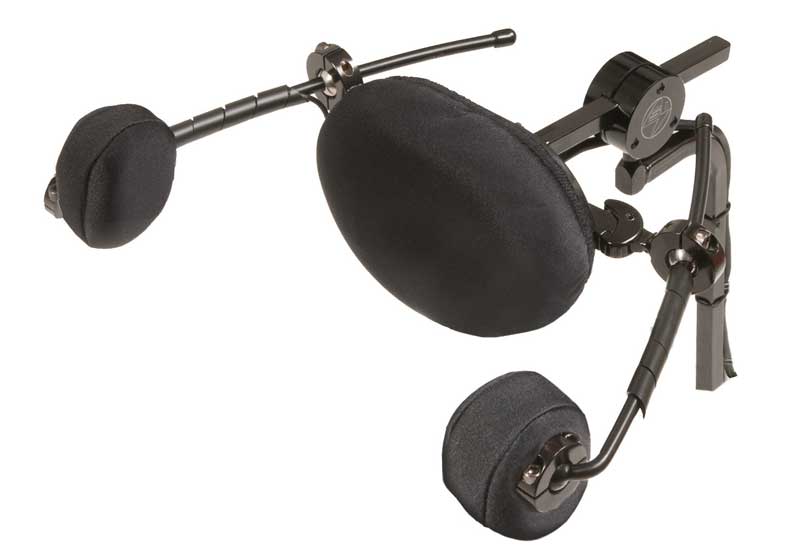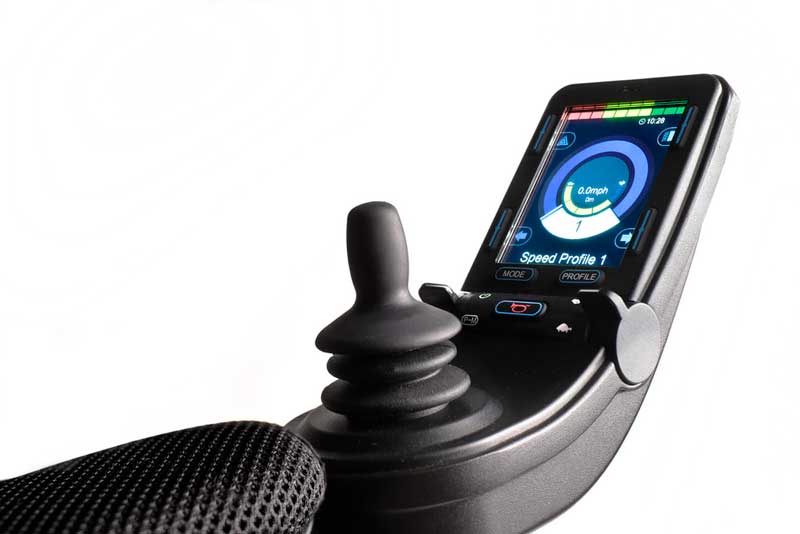Picture it: Southern Virginia, 1996. On a hot summer afternoon, two teenage sisters are arguing about who is going to take the one car they share that evening when out of nowhere, a new-to-them 1990 Honda Accord with an automatic sunroof pulls into the driveway, driven by their father. The younger sister leaps up from the couch to go check out the "new" ride. As she slides behind the wheel, visions of her hair blowing in the wind with her best friend sitting in the passenger seat dance through her head and she swears she can hear "Summertime" by DJ Jazzy Jeff and the Fresh Prince pumping through the speakers. Then suddenly those hopes and dreams come to a screeching halt, because as she turns the key, they engine doesn't crank. Then she notices the extra pedal on the floorboard. What the heck?
I am sure there are a few readers who quickly figured out this fun walk down memory lane depicts my first time sitting behind the wheel of a car with a manual transmission (aka stick shift). For me, learning to drive a stick shift car took motivation, patience, time, and the right teacher (my mother, not my father... sorry, Daddy). Early on in my professional career, it dawned on me how similar learning to drive both an automatic and a manual transmission car was with the process of selecting the proper power mobility device, including the drive controls. In this series of posts, we are going to explore various technologies available in power wheelchair drive controls. In addition, we will take a look at examples of drive controls and review potential applications of each.

When I conduct education seminars on power wheelchair drive controls, attendees often ask questions such as these:
- What does it mean when a drive control is "proportional"?
- Which type of drive control will provide my client with the most control for precision driving?
- What do I do if my client has the motor control needed to use a proportional device, but he doesn't have the cognitive skills? Or vice versa?
As you can probably imagine, there is no easy to cookie-cutter answer to any of these questions. Not only does each type of drive control option have its own features, but each client presents with his or her individual abilities and needs. In order to make a recommendation, we must understand the differences in each type of system. Let's start off this series by addressing the first question and defining both proportional and non-proportional drive.
Proportional Drive Controls
Proportional drive, or analog, controls generally provide full directional control within a 360° circle and provide control of speed. Similar to the gas pedal in a car, the further the input device is moved from its neutral position, the faster the wheelchair will move.

A proportional drive control system provides the user with greater control across various terrains and in different environments. It allows for the user to quickly increase or decrease the speed of the wheelchair and provide precise directional control for improved maneuverability. In order for a client to be able to successfully utilize a proportional drive control system, he or she must have the required cognitive skills and motor function for the specific device, including the ability to voluntarily grade the amount of force applied to the input device.
Non-Proportional Drive Controls
A non-proportional, or digital, drive control system operates like a traditional light switch: the system is either on or off when the switch is activated. Typically, these types of systems utilize four separate switches (one to control each direction: forward, reverse, left, and right). However, there are other ways to drive a power wheelchair with three switches, or even just one.
While driving with a non-proportional drive system can be considered more simplistic, it does not provide the user with as much control as a proportional drive system. When one of the switches is activated, the wheelchair will only move at the set speed for which that specific switch is programmed to go. A non-proportional system might be ideal for a client that does not have the cognitive ability or motor control to grade his movement. This type of system can also be used as the first step in teaching a client to drive a power wheelchair because the concepts of "on" and "off" are so concrete.
Now that we've laid the foundation for understanding drive controls, we will take an in-depth look at both proportional and non-proportional drive systems in the subsequent posts. Historically, joysticks were the only type of proportional drive systems available and switches were only available as non-proportional options, but that's not the case anymore. Stay tuned!
Thank you for reading our blog! We love hearing from you, so please do not hesitate to reach out to us. We encourage you to leave a comment below.
Always remember at the end of the day, your client is your number one priority!
- Angie
Follow Angie on Twitter @ATigerKiger